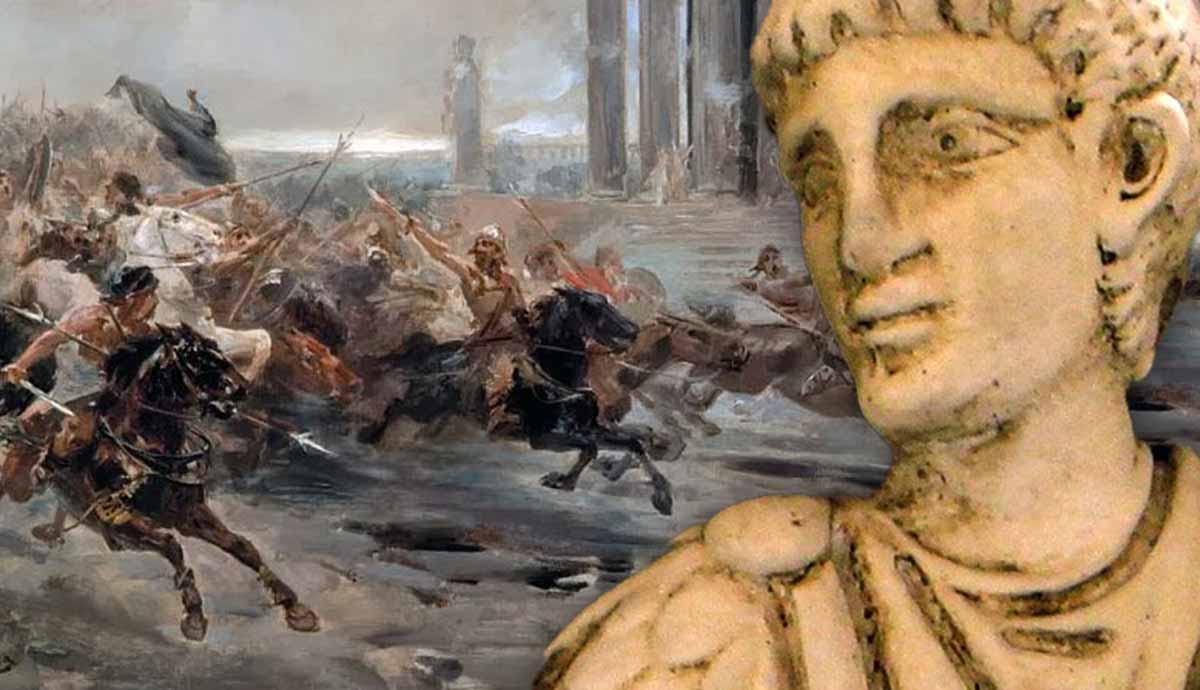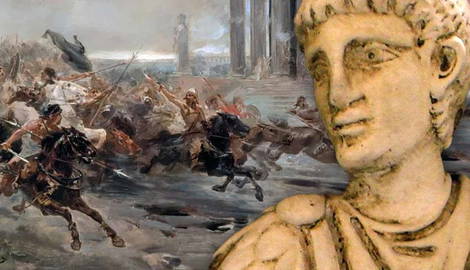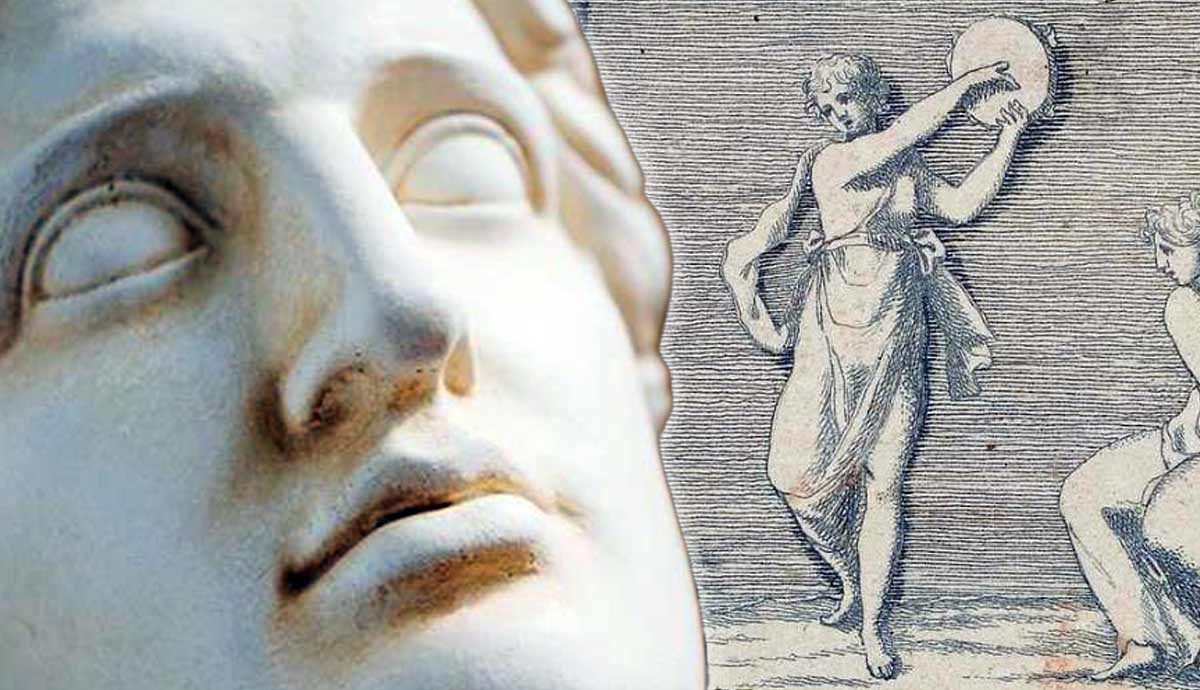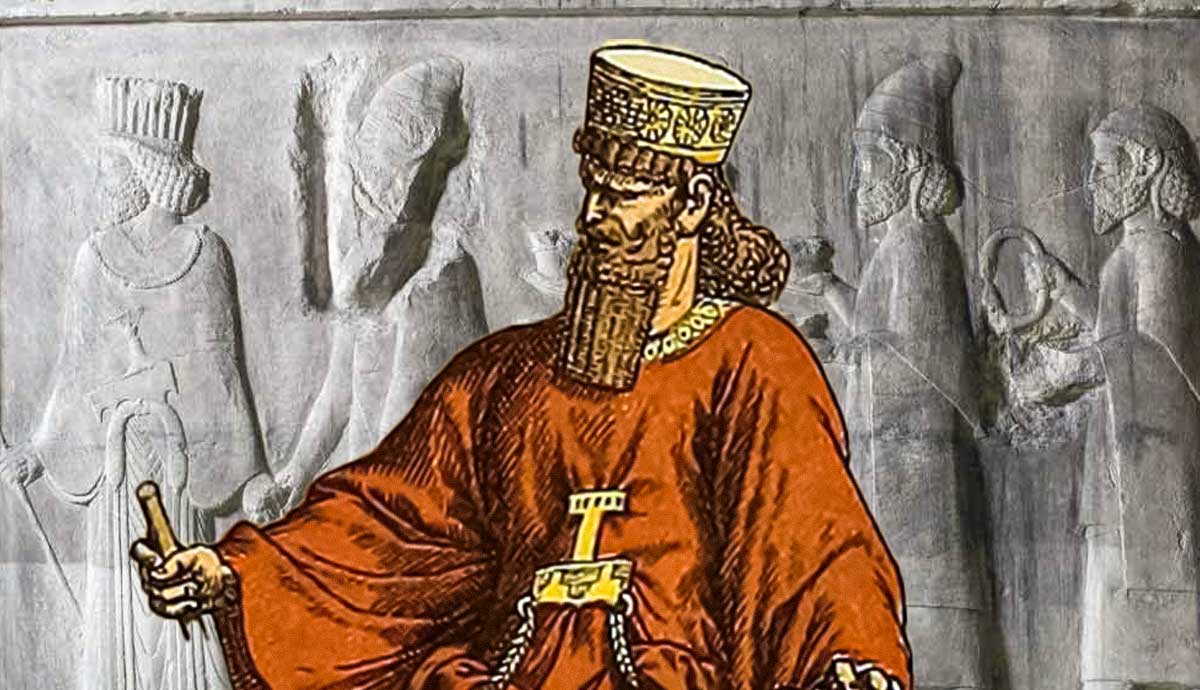
The fall of Rome may be seen as irreversible in hindsight. However, several significant Roman leaders of the 5th century were able to bring the empire to the brink of salvation. It was a betrayal that prevented the general Flavius Aetius from being able to complete the restoration of Rome’s former glory.
The Decline of Rome

The 4th and 5th centuries CE are commonly known for the decline and eventual fall of the Roman Empire. A series of economic problems, social decay, cultural changes, and foreign migrations helped lead to the stagnation and fall of the nation’s authority.
However, the empire in many ways was resilient to the changes of the period of Late Antiquity, even until its final decades. The invasion of such dangerous “barbarian” groups such as the Huns was not enough to cause the direct collapse of the empire, even if a combination of factors eventually left it mortally wounded.
Historians commonly debate whether or not the movement of non-Roman people into the territory of the Western Roman Empire represented a hostile invasion or a series of migrations that resulted in a changed, but not destroyed society. From the backdrop of these changes, we can get a clearer picture of the last of several major efforts to save the empire while it was still alive. Both came close to succeeding.
A Terrible 5th Century

There are many points where we could start the discussion about the decline of Rome. A series of societal and governmental changes stemming from the end of the Crisis of the Third Century helped to shape the next several centuries. However, there is one element that most historians would agree shows the extent of the issues facing Rome and the existential threat of disaster: the rise of Attila and the Huns.
Attila became the leader of the Huns, a nomadic people who entered Europe in the late 4th century. The exact origin of the Huns is unknown but there is significant scholarship tying them to the Xiongnu people who invaded China in the preceding centuries. The language of the Huns has been lost to time and it appears that they were not directly related to the other “barbarian” peoples who entered into Roman territory in the 3rd and 4th centuries. The entry of the Huns into Europe helped to push a series of other tribes deeper into Roman territory, including the Gothic peoples, deepening the instability facing the Western Roman Empire.
The Huns were a significant threat to the Romans at the start of the 5th century CE until the elevation of Attila around 434 CE, who soon became an existential threat.
Attila’s Threat to Rome

The ascension of Attila led to the Huns becoming the chief threat to the survival of the Western Roman Empire. Attila came to the throne ruling with his brother Bleda. The two were able to score a series of impressive victories over the Eastern Roman Empire, the stronger of the two halves of the Roman world. The Huns had received territory near Hungary to settle and were allowed to trade with the Romans.
Under Attila and Bleda, the Huns were able to extract tribute from the Eastern Roman Empire. When the money was halted, the Huns destroyed a series of Eastern Roman cities and forced a new series of payments. The Huns arrived as far as the capital of the Eastern Roman Empire, Constantinople, where they extracted even more tribute.
The issues for the Western Roman Empire began with a failed marriage in the middle of the 5th century. The sister of the Western Roman Emperor Valentinian III, Honoria, sent a ring to Attila and sought to escape a planned marriage to a Roman senator. Attila saw this as a proposal for marriage, demanding that he receive half of the Western Roman Empire as her dowry. The dispute helped lead to the most stunning barbarian invasion of Roman territory in history.
By this point, Attila ruled by himself following his brother’s death. He was able to combine many of the “barbarian” tribes of Europe, including the Gepids, Alans, Burgundians, and Ostrogoths, into a massive coalition. In 451 he led an invasion of Roman Gaul, today’s France.
Stopping Attila

Attila won some staggering victories in Roman Gaul during the 450s, sacking a series of critical cities. During his rampage, his forces murdered a Roman bishop, although he did show mercy to several church leaders and settlements. It is this campaign that helped Attila to build the reputation that gained him the appellation “the Scourge of God.”
It was during this difficult time that one Roman leader gathered an army to confront Attila. Flavius Aetius was the son of a Roman general and a Roman noblewoman. He spent some of his younger years living among the groups the Romans believed were barbarians. He also spent three years as a hostage among the Visigoths, and then among the Huns. He had built an impressive reputation during a series of military campaigns that soon made him the preeminent military figure of the Western Roman Empire. Initially, he signed a peace deal with the Huns allowing them to settle in Central Europe.
However, it was Aetius who had to try and stop the Huns in Gaul. He created an agreement with King Theodoric I of the Visigoths to jointly confront the Hunnic threat. The combined Roman-Visigothic army met Attila at the Battle of the Catalaunian Plains on June 20, 451 in modern-day France, previously known as the Battle of Chalons. During the battle, Theodoric was killed but Attila’s army was badly mauled.
Fall of Attila

Both Attila and Flavius Aetius would die in rapid succession, but not in battle against each other. Following the Battle of the Catalaunian Plains, Attila’s power began to decline.
However, the Hunnic leader refused to give up his opportunity to pursue his marriage with Honoria. This led to an invasion of Italy in 452, including the destruction of several cities. However, Aetius had little left to challenge Attila. Italy was facing famine before Attila’s invasion, and the Huns represented a large threat to the region while also struggling with the shortage. Attila was supposedly convinced not to sack the city of Rome by Pope Leo I. Attila promised to leave Italy and leave the region. His forces were weakened and had limited ability to press the advantage in a devastated Italy.
However, Attila did not get to enjoy this period. After leaving Italy, Attila took a new wife but was likely heavily drinking during the wedding celebrations and died of a nosebleed and bled to death.
The Last of the Romans

Fate was not much kinder to Flavius Aetius. Despite his victory over Attila in Gaul, he was soon surrounded by potential enemies.
Aetius had failed to prevent Attila from entering into Italy. However, he was able to use a relatively small force to help pressure Attila into leaving Italy without having destroyed Rome or taken Honoria as a wife.
Despite this, Aetius had alienated Emperor Valentinian III. The emperor feared Aetius’s potential power, especially after Aetius’s son became betrothed to the emperor’s daughter. In 454 CE Aetius was at the then-Roman capital of Ravenna. The emperor told him that he would no longer support Aetius and accused him of attempting to seize control of the empire. Along with a co-conspirator, the emperor slew Aetius. Less than six months later, the emperor was stabbed to death by Aetius’s friends, including Aetius’s likely son-in-law.
The murder of Flavius Aetius did not consolidate power for Valentinian and instead was one of the last elements that led to the collapse of the Western Roman Empire. The empire went through an attempted resurgence under Emperor Majorian, who was also murdered, and a series of puppet emperors under increasing influence from non-Romans.
By 476 CE the last of the Roman emperors, the child Romulus Augustulus, was deposed by Odoacer, bringing the classical world to an end. With the effort of Flavius Aetius, Rome almost survived its most difficult crisis. For his efforts, he received the appellation of the “Last of the Romans.”










